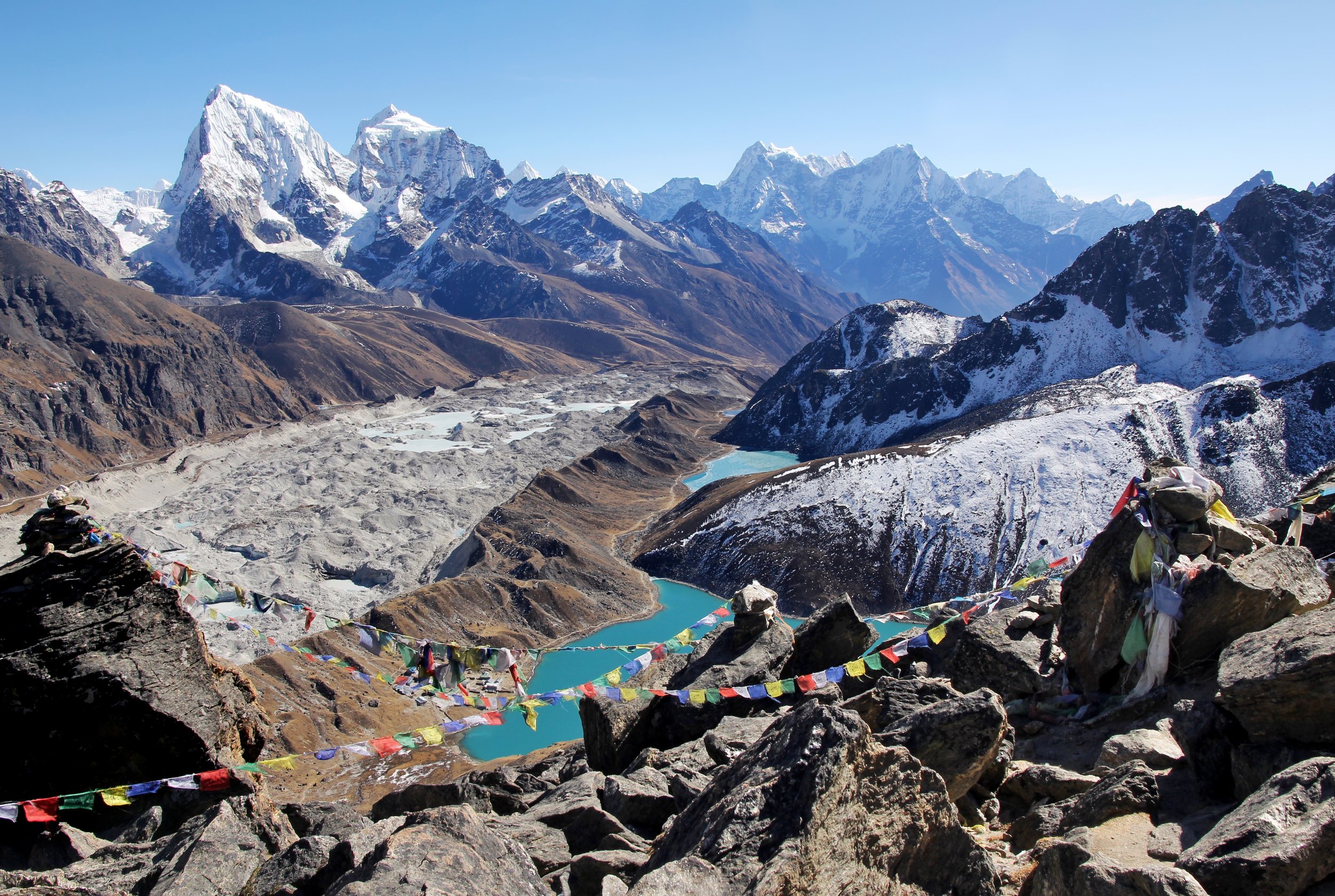
A Year of Action
2021 HCSI Accomplishments
What a year it has been. Since our founding in 2020, the Himalayan Climate & Science Institute has grown into a strong scientific voice in the Hindu Kush Himalayas.
Here are some memorable achievements from this year, made possible by supporters like you.
Training the Next World Climate Expert: Arbindra Khadka
Nepal lacks the scientific capacity and personnel needed to monitor the rapid climate change in the country. To help alleviate this severe research gap, HCSI Science Advisory Board Member and Nepali PhD candidate Arbindra Khadka has received training to maintain the automatic weather stations on Mt. Everest. Once trained, Arbindra will lead HCSI’s upcoming Phortse Weather Station Academy.
Maintaining the World’s Highest Stations For Years to Come
HCSI has laid the groundwork needed to establish the annual Phortse Automatic Weather Station Academy in the Khumbu region of Nepal. The Academy will train and employ Nepali community members and scientists to maintain weather stations across the Himalayas and to process their data. It will also encourage collaboration between the major weather station operators in the region. You can read the Phortse Weather Station Academy project summary by clicking the button below.
Science Advisory Board co-chair Dr. Shiva Devkota educating a community on mushroom poisonings.
Preventing Deadly Mushroom Poisonings
During summer 2021, Nepal was overwhelmed by a Delta-fueled COVID crisis, major floods, and food insecurity. HCSI aided public health efforts in rural areas by educating community members on how to avoid deadly wild mushrooms during the period of increased food insecurity caused by COVID. HCSI Science Advisory Board co-chair Dr. Shiva Devkota is pictured above instructing at-risk Chepang villagers in the Chitwan District. Learn more about the emergency public health project below.
Increasing Access to Scientific Data in the Global South
Through a partnership with the International Centre for Integrated Mountain Development (ICIMOD), the Government of Japan and the Nepali Ministry of the Environment, HCSI spearheaded the digitization of Nepal’s largest biological collection containing 22,000 biological and mushroom samples, which are now freely accessible online. Read more about HCSI’s Dr. Shiva Devkota’s work in the Global South Digitization project summary below.
The Gokyo Lakes, with Mt. Everest in the background, in Sagarmatha National Park.
Putting the Spotlight on the Himalayas in the New York Times
HCSI’s executive director Richard Silber and program director Liam Torpy wrote an Opinion piece for the New York Times explaining the global importance of studying climate change in the Himalayas. Click the button below to find the article.
Promoting International Conversations on Monitoring Climate Change: HCSI’s First Webinar
HCSI hosted its first webinar on the importance of high-altitude weather stations in key mountain ranges across the world. The global event included leading climate scientists from five different continents, including Nobel Laureate scientist Gino Casassa.
A Global Nonprofit
HCSI became registered as a nonprofit in both the United States and Nepal, with headquarters in Phortse village in Sagarmatha National Park and in Washington, DC.
Expanding the Team
In addition to adding Arbindra Khadka to our Science Advisory Board (pictured below erecting a weather station on Mera Glacier), the HCSI Board of Directors gained Karl Reichelt, Vice President of Equitix infrastructure investment firm, and Michael Maya, President of the North America office of the International Bar Association.
HCSI SAB member Arbindra Khadka measuring Mera Glacier’s mass balance on an ICIMOD expedition.



